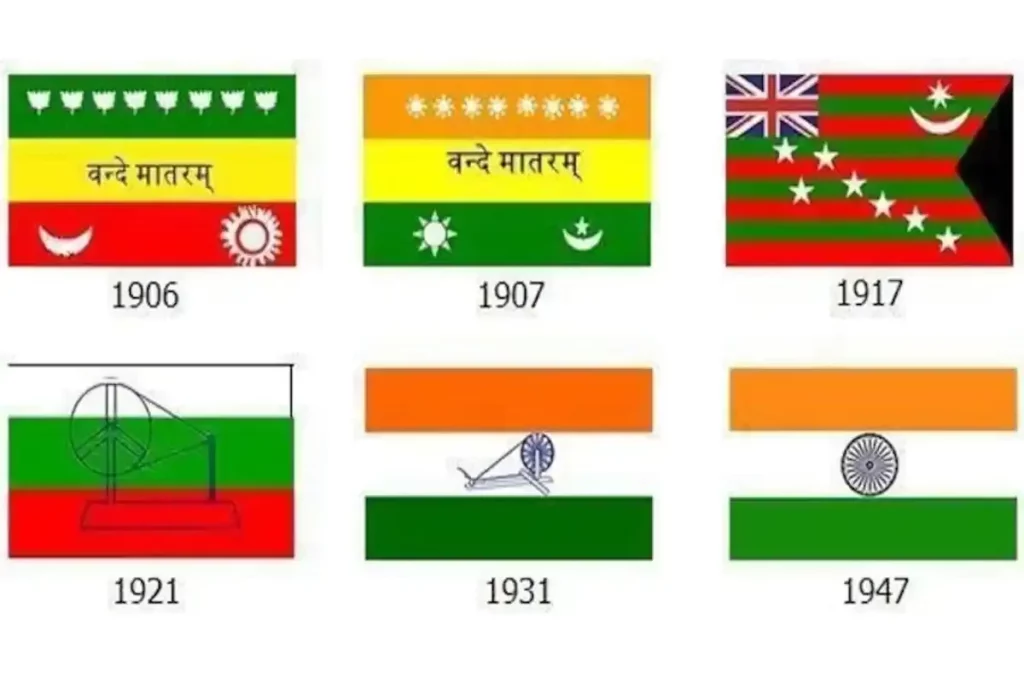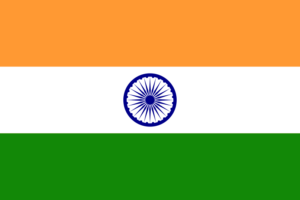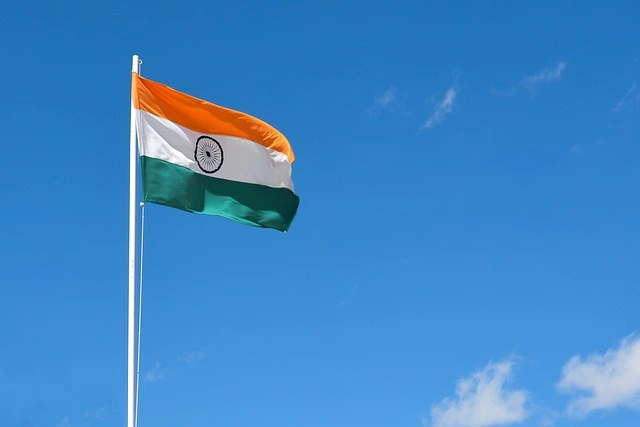It’s been 76 years for today, since our National flag was adopted. The design of our National Flag was adopted by the Constituent Assembly of India on 22nd July 1947, just before India gained independence from British rule.
The National Flag of India stands tall and proud, fluttering in the breeze across the vast landscape of this diverse and vibrant nation. It is not merely a piece of coloured fabric; it embodies the dreams, struggles, and aspirations of a billion hearts that beat as one. This sacred tricolour is a powerful symbol that unites the people of India, transcending barriers of language, religion, and culture.
Table of Contents
ToggleHistorical Significance:
The journey of India’s national flag began during the freedom struggle against British colonial rule. Inspired by the ideals of liberty and self-determination, various leaders and revolutionaries contributed to the design and evolution of the flag.

One of the earliest versions of the Indian tricolour was unfurled by Sister Nivedita, disciple of Swami Vivekananda, in 1905. However, it was in 1921 that the current tricolour with saffron, white, and green, as well as the Ashoka Chakra, was conceptualized by Pingali Venkayya, an Indian freedom fighter.

Symbolism and Colours:
The National flag of India is called as “Tiranga” which means Tricoloured. Each element of the Indian national flag holds profound symbolism:

1. Saffron: The top band of the flag is saffron, a colour that represents courage, sacrifice, and the spirit of renunciation. It reminds the people of India to be fearless in their pursuit of justice and truth.
2. White: The middle band is white, signifying purity, truth, and peace. The colour stands for knowledge and cleanliness as well. It is a reminder of India’s commitment to truth and non-violence.
3. Green: The bottom band is green, symbolizing fertility, growth, and auspiciousness. It reflects India’s agricultural heritage and its commitment to sustainable development.
4. Ashoka Chakra: At the centre of the white band lies the Ashoka Chakra, a navy blue 24-spoke wheel. It is derived from the Lion Capital of Ashoka, an ancient sculpture that represents the “Wheel of Law” or the Dharma Chakra. The Ashoka Chakra symbolizes progress, righteousness, and the eternal cycle of life.
Flag Etiquette:
The Indian tricolour is held in high regard and is treated with utmost respect. The government has laid down guidelines for its display and use:

– The flag must always be hoisted briskly and lowered slowly with due respect.
– It should never touch the ground or water.
– It must not be used as drapery or clothing.
– It must be flown from sunrise to sunset unless it is properly illuminated at night.
– When the flag is raised or lowered during a ceremony, all present should stand in silence as a mark of respect.
Flag Hoisting on National Occasions:
The flag hoisting ceremony is a significant part of national celebrations such as Independence Day (August 15) and Republic Day (January 26). On these occasions, the President of India unfurls the flag at Rajpath in New Delhi, followed by various cultural performances and parades showcasing the diversity and unity of the nation.
The Flag and its People:
The national flag of India is not limited to official functions and government buildings; it is deeply ingrained in the daily lives of its citizens. Schools, colleges, and public institutions hoist the flag daily as a mark of allegiance and pride. The flag adorns homes on festivals, and people proudly wear it on their attire during national events.
Beyond its domestic significance, the Indian flag is a source of inspiration and hope for Indians worldwide. In foreign lands, it serves as a symbol of unity, a reminder of their roots, and a beacon of aspiration for a better future.
The National flag of India is more than a piece of cloth; it represents the essence of a nation’s struggle for freedom and its commitment to justice, truth, and progress. It stands as a powerful emblem of unity, transcending the diversities that characterize India. With each flutter of the tricolour, it reminds its people of their shared heritage and the collective dream of a prosperous and harmonious India.



One thought on “The National Flag of India: Symbol of Unity, Freedom, and Aspiration”